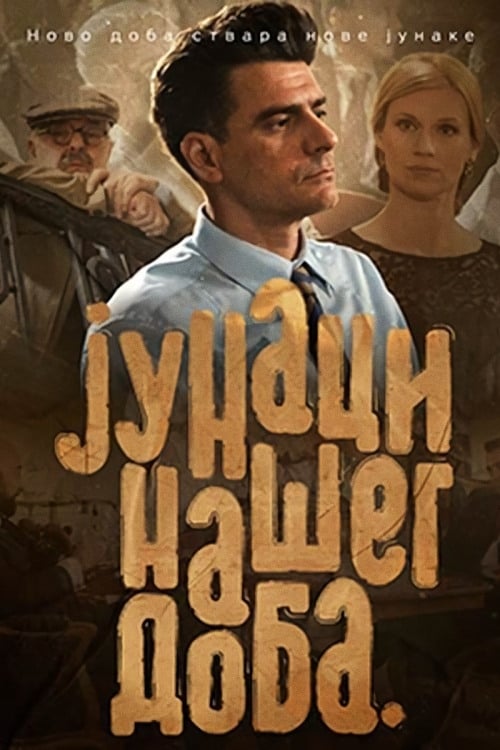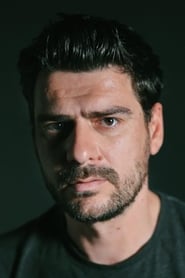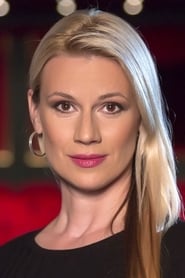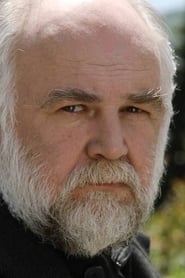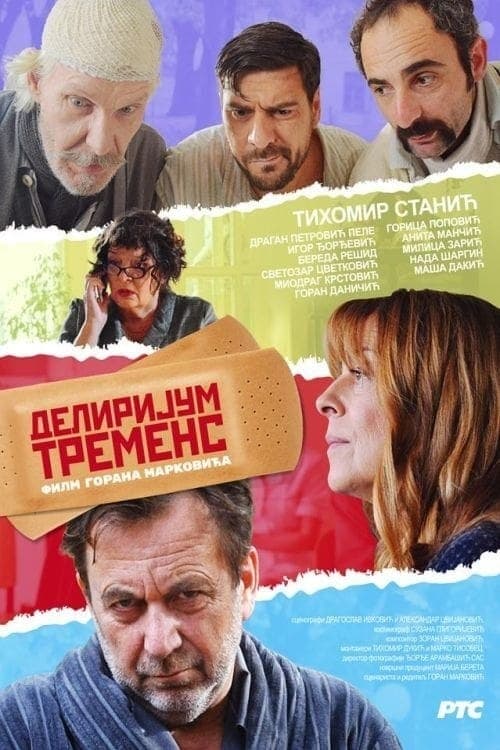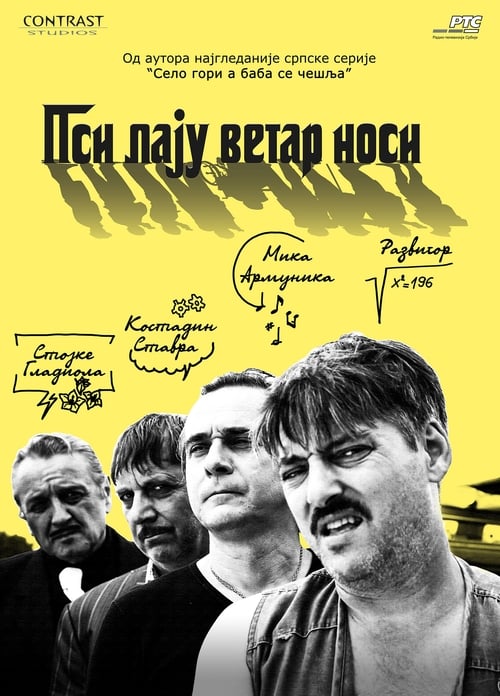
Ask Your Own Question
What is the plot?
In the opening scene of "The Heroes of Our Time," we are introduced to a group of young adults in a small town, each grappling with their own personal struggles. The protagonist, Alex, is a passionate but disillusioned activist who feels powerless against the injustices in his community. He is seen organizing a rally to protest against local corruption, which sets the tone for his character's motivations throughout the series.
As the rally takes place, tensions rise when local authorities arrive to disperse the crowd. Alex stands firm, passionately speaking out against the police presence. This moment is pivotal as it showcases his determination but also foreshadows the challenges he will face. The rally ends in chaos when a confrontation breaks out, leading to several arrests, including Alex's best friend, Mia, who tries to protect him. This event deepens Alex's resolve to fight against the system.
In the following episode, we see Alex and Mia in a holding cell, where they bond over their shared experiences and frustrations. Mia reveals her own struggles with her family, who do not support her activism. This moment strengthens their friendship and sets the stage for their partnership in the fight against corruption. After being released, they decide to form a grassroots organization to mobilize the community.
As they begin to gather support, they encounter resistance from a powerful local businessman, Mr. Grayson, who has ties to the corrupt officials. Grayson uses intimidation tactics to discourage Alex and Mia, including threatening their families. This escalates the stakes, pushing Alex to consider more drastic measures to protect those he cares about.
In a pivotal scene, Alex and Mia organize a community meeting to discuss their plans. They are met with mixed reactions; some community members are inspired, while others are fearful of the repercussions. During this meeting, Alex makes a passionate speech about the need for change, which ignites a spark in the audience. However, the meeting is interrupted by Grayson's goons, who attempt to intimidate the attendees. A physical confrontation ensues, and Alex and Mia manage to escape, but not without injuries.
The next episode focuses on the aftermath of the confrontation. Alex is shaken but more determined than ever. He and Mia decide to gather evidence against Grayson and the corrupt officials. They begin interviewing community members who have been affected by Grayson's actions, uncovering a web of deceit and manipulation. This investigation leads them to a whistleblower, a former employee of Grayson, who provides crucial information about illegal activities.
As they delve deeper, they face increasing threats from Grayson, who is now aware of their investigation. One night, Alex's home is vandalized, and he receives anonymous threats warning him to back off. This moment highlights the danger they are in and tests Alex's resolve. Despite the fear, he and Mia decide to go public with their findings, believing that transparency is their best weapon.
In a dramatic turn, they hold a press conference to reveal the corruption. The event draws significant media attention, but it also puts them in the crosshairs of Grayson's wrath. Shortly after the conference, Mia is kidnapped by Grayson's men, leading to a frantic search by Alex. This moment is filled with tension as Alex races against time, showcasing his desperation and determination to save his friend.
The climax of the series occurs when Alex discovers Mia's location through a tip from the whistleblower. He gathers a small group of supporters and devises a plan to rescue her. The rescue operation is fraught with danger; they infiltrate Grayson's compound under the cover of night. The scene is tense, with close calls and narrow escapes as they navigate through security.
During the rescue, a confrontation occurs between Alex and Grayson. Grayson taunts Alex, trying to undermine his confidence. However, Alex stands his ground, fueled by his love for Mia and his commitment to justice. A physical fight breaks out, showcasing Alex's growth as he fights not just for himself but for his community. Ultimately, Alex manages to overpower Grayson, allowing Mia to escape.
In the aftermath of the rescue, the community rallies around Alex and Mia, inspired by their bravery. They come together to demand justice, leading to a larger movement against corruption. The series concludes with a powerful scene of unity, as the community stands together, symbolizing hope and resilience. Alex and Mia, now more than just friends, look towards the future, ready to continue their fight for justice.
What is the ending?
In the ending of "The Heroes of Our Time," the main characters confront their personal demons and the consequences of their choices. The story culminates in a dramatic showdown that tests their resolve and relationships. Each character faces a pivotal moment that defines their future, leading to a resolution that reflects their growth and the themes of sacrifice and redemption.
As the final episodes unfold, we see the characters grappling with the weight of their past actions. The tension builds as they prepare for a climactic confrontation with the antagonistic forces that have been pursuing them throughout the series. The stakes are high, and the emotional turmoil is palpable as they realize that their fates are intertwined.
In the first scene of the finale, the group gathers in a dimly lit warehouse, the air thick with anticipation and fear. The leader, Alex, stands at the forefront, his face etched with determination but also doubt. He knows that the choices they make in this moment will shape their lives forever. The camera pans to his companions: Sarah, whose fierce loyalty is matched only by her inner conflict; Mark, who struggles with guilt over past mistakes; and Lena, whose quiet strength hides a deep vulnerability.
As they strategize, the tension escalates. Each character voices their fears and hopes, revealing their internal struggles. Sarah expresses her desire to protect her friends, while Mark admits he feels unworthy of their trust. Lena, often the peacemaker, urges them to focus on their shared goal, her voice steady despite the chaos around them.
The scene shifts to the confrontation with their adversaries. The atmosphere is charged with adrenaline as they face off against a group of mercenaries led by a ruthless antagonist, Victor. The fight is intense, showcasing each character's unique skills and growth. Alex leads the charge, his leadership qualities shining through as he coordinates their efforts. Sarah fights fiercely, her determination fueled by the desire to protect her friends. Mark, despite his earlier doubts, finds a renewed sense of purpose, fighting valiantly alongside them. Lena, using her agility and quick thinking, navigates the chaos, helping to turn the tide in their favor.
As the battle reaches its climax, Alex confronts Victor in a one-on-one showdown. The fight is brutal, both physically and emotionally, as Alex grapples with his own fears and the weight of his responsibilities. In a moment of vulnerability, he realizes that true strength lies not just in fighting but in the bonds he has forged with his friends. With a final surge of determination, he overcomes Victor, but not without sustaining injuries that leave him weakened.
In the aftermath of the battle, the group stands together, battered but victorious. They share a moment of silence, reflecting on the sacrifices made and the lives lost. Each character processes the events differently: Sarah feels a sense of relief but is haunted by the memories of the fight; Mark, now more self-assured, vows to make amends for his past; Lena, though physically unscathed, grapples with the emotional toll of the conflict.
The final scenes depict the characters moving forward. Alex, despite his injuries, takes on a leadership role in rebuilding their community, symbolizing hope and resilience. Sarah decides to pursue a career in advocacy, channeling her experiences into helping others. Mark seeks redemption by volunteering and mentoring youth, while Lena, embracing her strength, starts a new chapter in her life, focusing on her own dreams.
As the screen fades to black, the audience is left with a sense of closure, witnessing the characters' growth and the enduring power of friendship and sacrifice. Each character's fate reflects their journey, emphasizing the themes of redemption, resilience, and the importance of standing together in the face of adversity.
Is there a post-credit scene?
In "The Heroes of Our Time," there is indeed a post-credit scene that adds an intriguing layer to the narrative.
As the credits roll, the screen fades to black before transitioning to a dimly lit room filled with scattered papers and glowing screens. The camera pans slowly across the clutter, revealing a figure hunched over a desk, their face obscured by shadows. The atmosphere is tense, underscored by a low, pulsating hum of machinery.
The figure suddenly straightens, and the light catches a glimpse of their face--it's a familiar character from the series, someone who had been presumed to be sidelined in the main storyline. Their expression is one of determination mixed with a hint of desperation. They pull up a holographic display, revealing a series of encrypted files labeled with the names of the main heroes, alongside ominous red alerts flashing across the screen.
As the figure types furiously, a voice crackles through a hidden speaker, urging them to hurry. "They're coming for you," the voice warns, filled with urgency. The figure pauses, glancing over their shoulder as if sensing an unseen presence. The tension in the room escalates, and the camera zooms in on their eyes, which reflect a mix of fear and resolve.
The scene cuts to black again, leaving viewers with a lingering sense of dread and anticipation. This post-credit moment hints at future conflicts and the potential for alliances or betrayals, setting the stage for the next chapter in the heroes' journey. It encapsulates the themes of vigilance and the ever-present threat that looms over the characters, ensuring that the audience is left eager for more.
How does the relationship between Alex and his mentor, Sarah, evolve throughout the series?
Initially, Alex views Sarah as a strict mentor who challenges him to push beyond his limits. As the series progresses, their relationship deepens into a bond of trust and mutual respect, especially after Sarah reveals her own vulnerabilities and past failures, which helps Alex understand the complexities of heroism.
What motivates the main character, Alex, to become a hero in the story?
Alex is driven by a deep sense of responsibility stemming from a traumatic event in his childhood where he felt powerless to save a friend. This guilt fuels his desire to protect others and seek justice, pushing him to take on the mantle of a hero despite the personal risks involved.
What is the significance of the artifact that the characters are searching for?
The artifact, known as the Heart of Valor, is believed to grant immense power to its possessor. It symbolizes the struggle between good and evil, and its quest serves as a catalyst for character development, forcing each character to confront their own motivations and moral dilemmas.
How does the antagonist, Victor, challenge the heroes throughout the series?
Victor employs psychological manipulation and strategic planning to undermine the heroes' efforts. He exploits their weaknesses, creating rifts within their team and forcing them to question their own beliefs and loyalties, which adds layers of tension and conflict to the narrative.
What role does the city of Eldoria play in shaping the characters' journeys?
Eldoria is not just a backdrop but a living entity that reflects the struggles of its inhabitants. The city's decay and corruption mirror the internal conflicts of the characters, motivating them to fight for its restoration. Each character's personal journey is intertwined with the fate of Eldoria, making their victories and failures feel more impactful.
Is this family friendly?
"The Heroes of Our Time," produced in 2019, contains several elements that may not be suitable for children or sensitive viewers. Here are some potentially objectionable aspects:
-
Violence: The show features action sequences that include physical confrontations, which may depict fighting and injuries. These scenes can be intense and may evoke feelings of fear or anxiety.
-
Emotional Turmoil: Characters experience significant emotional struggles, including loss, betrayal, and moral dilemmas. These themes can be heavy and may resonate deeply with sensitive viewers.
-
Mature Themes: The narrative explores complex themes such as sacrifice, redemption, and the consequences of one's choices, which may be difficult for younger audiences to fully grasp.
-
Dark Atmosphere: The overall tone of the show can be quite somber, with moments of despair and hopelessness that might be unsettling for children.
-
Character Conflicts: There are instances of interpersonal conflict that can lead to emotional distress among characters, showcasing the darker sides of human nature.
These elements contribute to a narrative that, while rich and engaging, may not be appropriate for all viewers, particularly younger children or those who are sensitive to such themes.

